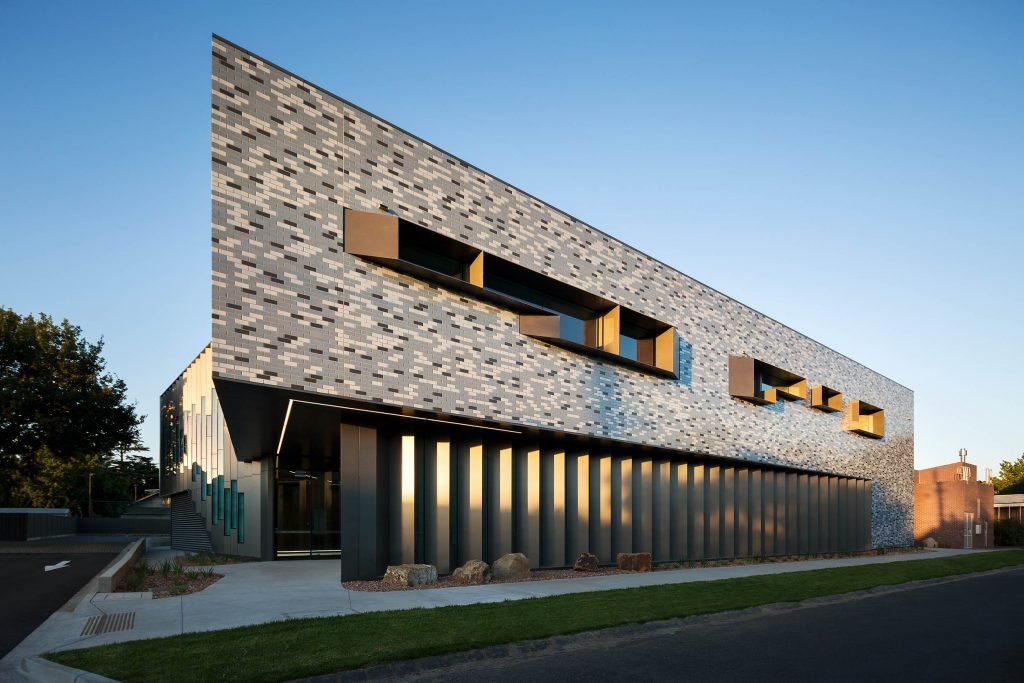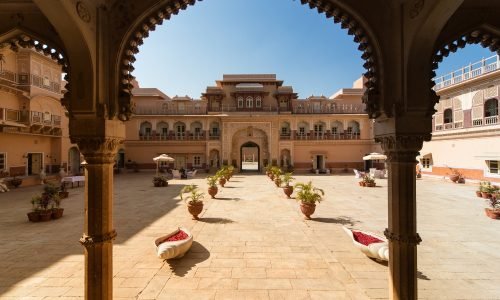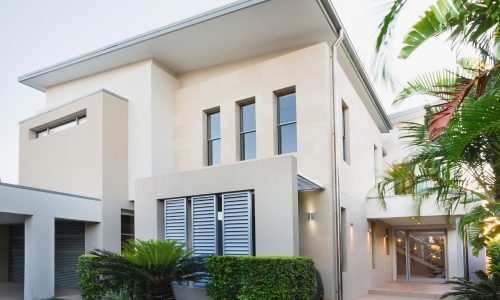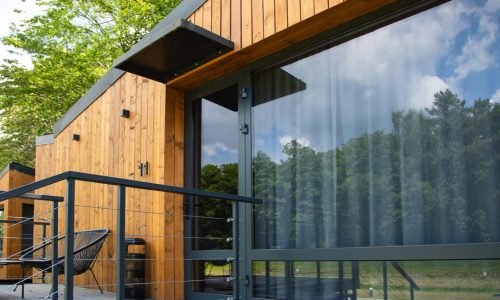
The Future of Sustainable Architecture in India
- Architecture
- April 13, 2022
The future of sustainable architecture lies in India, where a massive 70 percent of the building stock is still unbuilt. The country’s population is rapidly increasing, and the current urbanization rate of 30 percent is expected to double in the next 30 years. Buildings are notorious for their high emissions – they produce 30-40 percent of global emissions. The country is currently experiencing a housing crisis, and the need to address this is urgent.
Despite the need for environmentally friendly buildings in India, the recent surge in green building practices has created an artificial market for green buildings. Despite this influx of projects, India is still lagging far behind other countries, and the demand for sustainable architecture is higher in developed countries than in emerging markets. However, India can become one of the world’s largest markets for green buildings if it continues to improve its construction methods.
The rise of India’s urban population is pressing the country to be more environmentally conscious due to the rapid growth of the city. The development model needs to be more ecologically and socially responsible. While many architectural and interior designing firms are incorporating sustainable design into their projects, the gap between their technological understanding and economic status has prevented India’s development of a sustainable architectural industry. It is important to note that while the government has a long way to go in encouraging this trend, there has been little support for the movement.
The world has moved towards more sustainable solutions, and the Indian architecture industry is embracing this trend. As the world increasingly looks toward green buildings, many architects are flocking to the town of Auroville. This town is a hub for architects who want to practice sustainable architecture and learn new ways to reduce the number of resources needed for construction. It is an ideal place to learn about green architecture, and the town’s environmental efforts have helped promote environmentally sound building techniques.
While many architects and developers are beginning to recognize the importance of sustainable architecture, there is still a gap between technology and the country’s economic status. In India, the technological solutions to reduce energy consumption in buildings are highly sophisticated and expensive. The cost of implementing these technologies in large buildings in the country is high, and the social and environmental prices of the buildings are too high. The development model that works best for the country’s urban residents will be the future of India.
The trend of sustainable architecture in India is growing, and many architectural firms have begun to move away from traditional commercial designs and toward more environmentally sound designs. These practices are based on a point system that allows architects to follow the code. The goal is to achieve a balance between sustainability and affordability, and this is crucial in India. The resulting culture of sustainability in the country will reflect its values, and Eco-friendly buildings will benefit the country, its citizens, and the environment.
Despite the need for sustainable architecture in India, this trend will continue to grow. The service sector has driven the country’s economic growth, and the country’s urbanization is slower than in other emerging countries. India’s cities will become more environmentally friendly by building more sustainable buildings. The market for green buildings in India is booming, and a large part of this success will be in the building industry.
Sustainable architecture is the future of India. It is a way of life, and the country needs to take care of its environment. The country’s urban population is growing fast, and many metropolitan cities struggle with overpopulation. As a result, the need for affordable and eco-friendly homes is critical. Many architectural firms have begun integrating green architectural solutions into their designs. The influx of new technology has made it possible to implement more eco-friendly buildings in cities across India.






